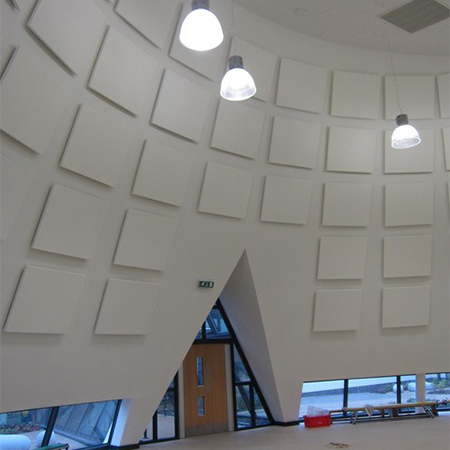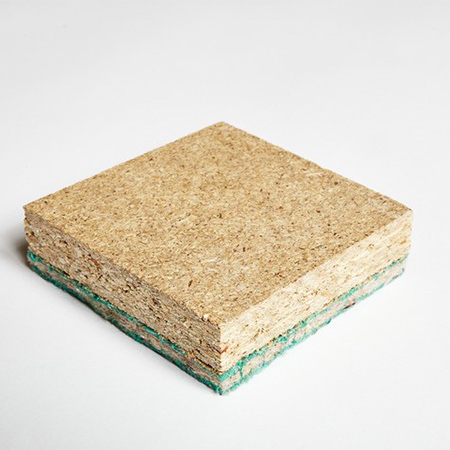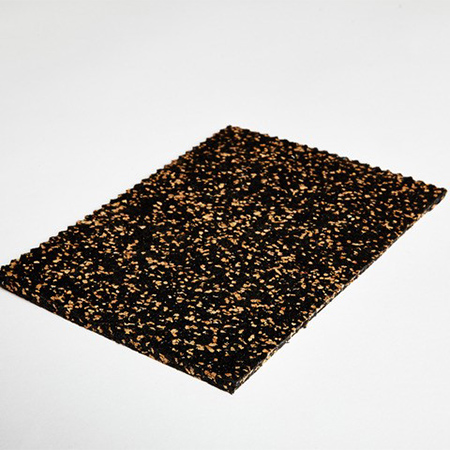A blog written by Hush Acoustics
Before the Covid pandemic struck, many of us had a fairy well established and well-rehearsed daily routine. We generally knew when we’d be at home and what we’d be doing while we were there.
Although home working has been on the increase for many years in tandem with advances in technology, the majority of us have jobs that involve being at another site – like an office or factory – for long periods of the day.
Being ‘out of the home’ for work and ‘at home’ for family, relaxation and socialising meant we had expectations about our homes. The pandemic changed these for a large proportion of the population – suddenly we found ourselves working from home, home-schooling, working out to Joe Wicks and spending movie nights in, along with lots of other things we’d normally leave the house to do.
Are our homes really adaptable?
No surprise then that many of us suddenly realised that our homes are not really cut out for these kind of activities. Aside from the obvious space issues many of us face, serious acoustic problems quickly became apparent that make working and generally being at home pretty unappealing. And let’s not forget the impact this can also have on the mental health and wellbeing of people who are deprived of quiet spaces in their homes.
According to The Noise App, which allows members of the public to log noise problems so local authority officers can follow-up, complaints surged during the first pandemic lockdown. It reported that noise complaints in the UK increased by more than 48% during this time.
Compared to the same period in 2019, some housing associations experienced an increase of as much as 450%, while the increase for many local authorities serving urban areas was over 100%, rising as high as 200% in London.
The most common types of complaints reported via The Noise App were the usual suspects but on a much grander scale – music, anti-social behaviour, loud voices, barking dogs, DIY and parties. Interestingly, it reports that complaints generally begin to build up from around 6pm reaching a peak after 10pm before beginning to subside between midnight and 1am.
We can’t all live ‘quiet as a church mouse’!
Whilst there has been a lot of talk about the need for homes to have a good office space to allow for home working, less has been said about how our homes need to be properly insulated against the sound from adjacent homes and the busy world outside.
Consider how many people will have recently invested in home gym machines such as treadmills and cross-trainers because their usual gyms have been forced to close. It’s impossible to use these machines without making a noise, which is why gym buildings are either built away from residential properties or built in a way that incorporates enhanced acoustic insulation.
In a typical ‘connected’ home, such as a flat, semi-detached or terraced house, the impact noise from someone running on a treadmill is guaranteed to be heard by those living in adjacent properties. This is because these homes were never built to a specification that would prevent this kind of sound transmission, and the minimum standards of the building regulations in all four UK nations would come nowhere near close to eliminating this kind of noise in any case.
Nuisance caused by airborne sound transmission, however, could be addressed much more effectively if acoustic insulation levels were higher. For example, say your next door neighbour wants to have a movie night in their living room because they can’t go to the cinema. Your plan for a quiet evening reading a book in your house could then be affected, perhaps causing annoyance and frustration.
But if the separating wall was properly insulated, with added measures to prevent flanking sound, the level of nuisance could be dramatically reduced. Choosing Hush-Panel 28, for example, to create an insulated floating floor, correctly installed with perimeter insulation, coupled with the application a system such as the HD1055: Masonry Wall With Stud Lining System could be transformative.
Giving acoustics a higher priority
Post-pandemic rethinking of the way our homes are designed and built must go way beyond providing a decent size home office – although that is important! It should go to the very core of what individuals and families want to do in their homes and how we can build them in a way that makes them fit for purpose.
A revised layout for a semi-detached home would probably benefit from the inclusion of an office, where perhaps it wouldn’t have previously. When the house is being built, however, walls, floors and ceilings have to be insulated to minimise noise from next door, the street outside and family activities in other parts of the house, such as a washing machine running or the children watching television.
It is difficult to know if the pandemic will change people’s lifestyle and behaviour permanently, but it is likely that we will spend more time in our homes than we did previously for the foreseeable future. So, let’s make sure we all get the homes we want by upgrading build quality and acoustic insulation levels now across all new build and refurbished homes.
Find out more about the solutions available from Hush Acoustics at www.hushacoustics.co.uk.
View Hush Panel 28 Product Entry

![Why Covid has made us rethink whether our homes are fit for purpose [Blog]](/Apartments%20under%20construction%20SML-file111688.jpg)




